1. What are car brake lights?
Car brake lights are lights located at the rear of the car with red light and intensity ranging from 60cd - 185cd (based on United Nations regulations). When the driver steps on the brake pedal, the light will be activated to warn the vehicles behind to actively adjust speed or change direction of travel to avoid collision.
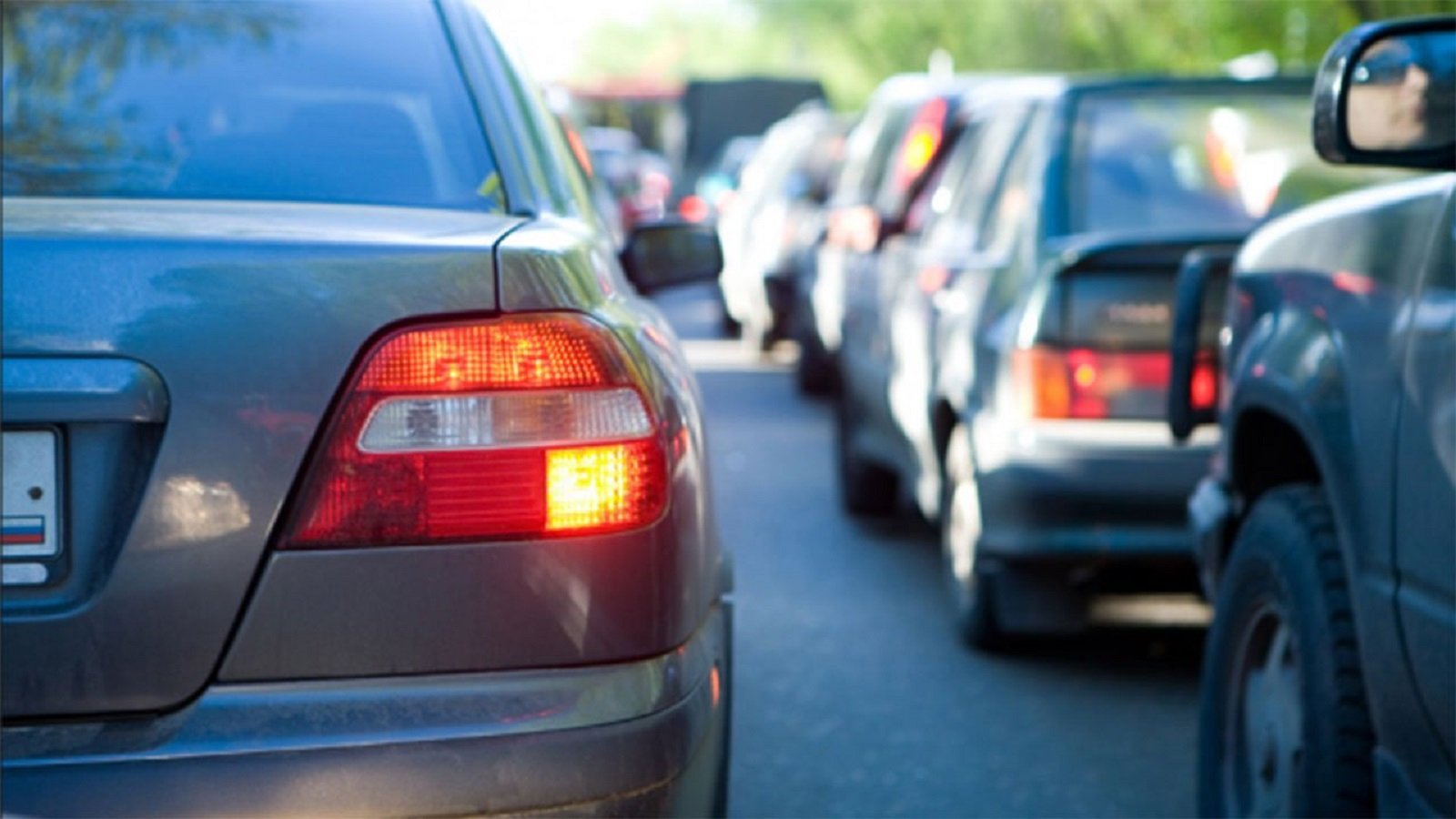
2. Causes of car brake light damage
Broken brake light bulb
If the bulb is broken or burned out, the car's brake lights will not light up when slowing down or stopping. This situation is not only dangerous for the driver but also affects other vehicles on the road.
To determine the current status of the car's brake lights, the driver can ask someone around to observe when pressing the brake pedal.
Bad brake pedal switch
The pedal switch is a push button located along the axis of the brake pedal, above the pedal. When the driver steps on the brake, it will activate the button and cause the brake warning light to come on. However, the pedal switch often burns or wears out the copper layer after a long time of use, leading to the light not turning off. At the same time, the driver's continuous braking will cause the shield to wear out, leading to the phenomenon of falling, puncturing or breaking, leaving a hole in the brake pedal arm. At that time, the on/off button will penetrate the gap and open the connection between the battery ECU and the battery, providing continuous power, causing the brake warning light to not turn off.
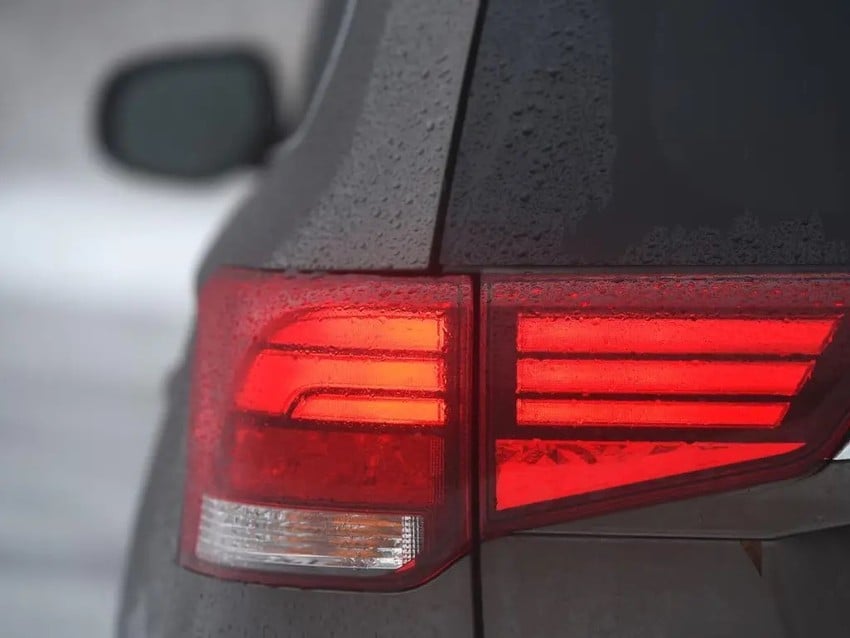
Handbrake not fully released
Not releasing the handbrake all the way is a common reason why the car's brake light stays on. When encountering this situation, the user should not continue to drive the vehicle, to avoid slipping and losing control. Furthermore, moving when the handbrake is not fully pulled can cause serious damage to the rotor and brake pads. Instead, the driver should stop the vehicle, check the parts, and pull the handbrake again.
ABS brake system malfunction
Under normal operating conditions, when the driver starts the car, the brake warning light will light up and then turn off immediately. However, if the car is moving normally and the light is still on, this means that the ABS braking system is having problems. Most of the faults will come from the sensor, so the driver should take the car to a repair center to have the exact cause checked.
Low brake fluid level
Low brake fluid is also one of the reasons why the brake light cannot operate normally. The driver can identify the car brake light failure through the "!" sign displayed on the instrument cluster. In addition, the car owner can observe the color of the indicator light, if the "!" sign turns yellow, the brake system still has enough fluid to operate. However, when the "!" sign turns red, the driver needs to take the car to a reputable center for support to add brake fluid.
3. How to repair broken car brake lights
Replace brake light bulb
If the brake light bulb is damaged, the driver can proactively replace it according to the instructions below:
Step 1: The car owner proceeds to remove the screws using specialized equipment. Users should note to place the details in one place to avoid losing them during the repair process.
Step 2: The car owner opens the cover of the brake light assembly.
Step 3: The car owner needs to determine the location of the brake light and remove this part from the socket. Accordingly, the user should perform the rotation and pull operation to get the light out faster. At the same time, this operation also avoids affecting the surrounding parts.
Step 4: After completing the bulb removal process, the car owner should check the electrical connection for damage.
Step 5: The car owner installs the new bulb and reattaches the brake light assembly to its original position. After closing the cover, the user should tighten the screws to ensure safety during operation.
Replace new brake light switch
Step 1: Remove the plug on the switch
Before removing the old brake light switch, the user needs to unplug the connector. In case the connector is damaged, the car owner should replace it early to ensure the performance of the part.
Step 2: Remove the old brake light switch
The brake switch is usually secured by 1 or 2 small bolts. Therefore, the car owner needs to loosen these bolts to be able to remove the pedal switch and perform the next step.
Step 3: The user proceeds to install the new brake light switch
Step 4: Reattach the plug to the switch
Replace a blown fuse
Step 1: Determine the location of the fuse box
Most current car models are equipped with at least 2 fuse boxes, one in the engine compartment and one in the cabin, under the dashboard. Based on this location, car owners can easily check the fuses.
Step 2: Locate the brake light fuse
To find out where the brake light fuse is, users can refer to the diagram on the fuse box cover. When the fuse is blown, it can cause the brake lights to not light up or to stay on.
Step 3: Remove the fuse and check
Car owners can use specialized tools such as pliers to remove the fuse. If the metal bar is found to be melted or broken, the user needs to replace it.
Step 4: Replace the new fuse with the same current rating as the old fuse.
Source




![[Photo] National Assembly Chairman Tran Thanh Man meets with First Secretary and President of Cuba Miguel Diaz-Canel Bermudez](https://vphoto.vietnam.vn/thumb/1200x675/vietnam/resource/IMAGE/2025/9/2/c6a0120a426e415b897096f1112fac5a)

![[Photo] Lao President Thongloun Sisoulith and President of the Cambodian People's Party and President of the Cambodian Senate Hun Sen visit the 95th Anniversary Exhibition of the Party Flag Lighting the Way](https://vphoto.vietnam.vn/thumb/1200x675/vietnam/resource/IMAGE/2025/9/2/3c1a640aa3c3495db1654d937d1471c8)

![[Photo] National Assembly Chairman Tran Thanh Man receives First Vice Chairman of the Federation Council of Russia](https://vphoto.vietnam.vn/thumb/1200x675/vietnam/resource/IMAGE/2025/9/2/3aaff46372704918b3567b980220272a)


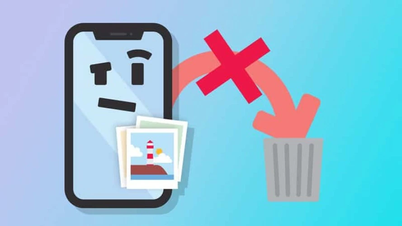

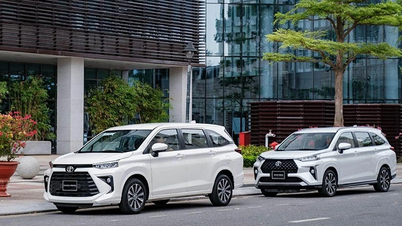







































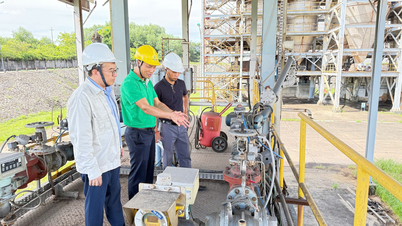




































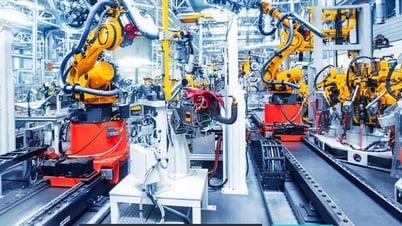



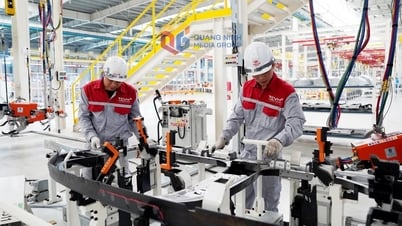





Comment (0)